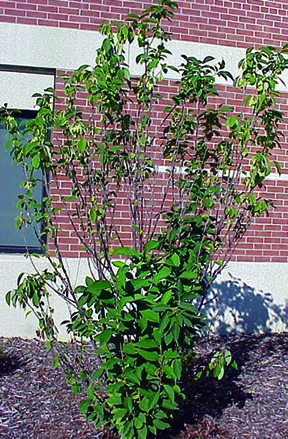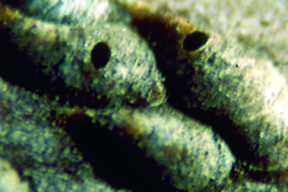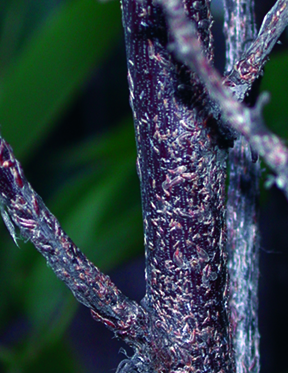Scouting for pests: Oystershell scale
Editor’s note: This article is from the archives of the MSU Crop Advisory Team Alerts. Check the label of any pesticide referenced to ensure your use is included.
This armored scale has two forms (lilac and apple) that attack numerous hosts, including ash, lilac, maple, willow, crabapple, linden, elm and others. It overwinters as eggs, which hatch in mid-May, when black cherry or blackhaw viburnum are in full bloom.
No honeydew is produced.
Management
Target first generation crawlers with insecticides or oil. The first generation of crawlers should have emerged by the time Spirea x vanhouttei is in full bloom, in mid- to late May. There is one generation of the lilac form and two of the apple form per year. Twice-stabbed lady beetles and parasitic wasps are natural enemies of oystershell scale.
Editor’s note: The information in this article is from MSU Extension publication E-2839, A Pocket IPM Scouting Guide for Woody Landscape Plants. The publication can be ordered through MSU Extension: http://ipm.msu.edu/woodylandscape.htm



 Print
Print Email
Email







